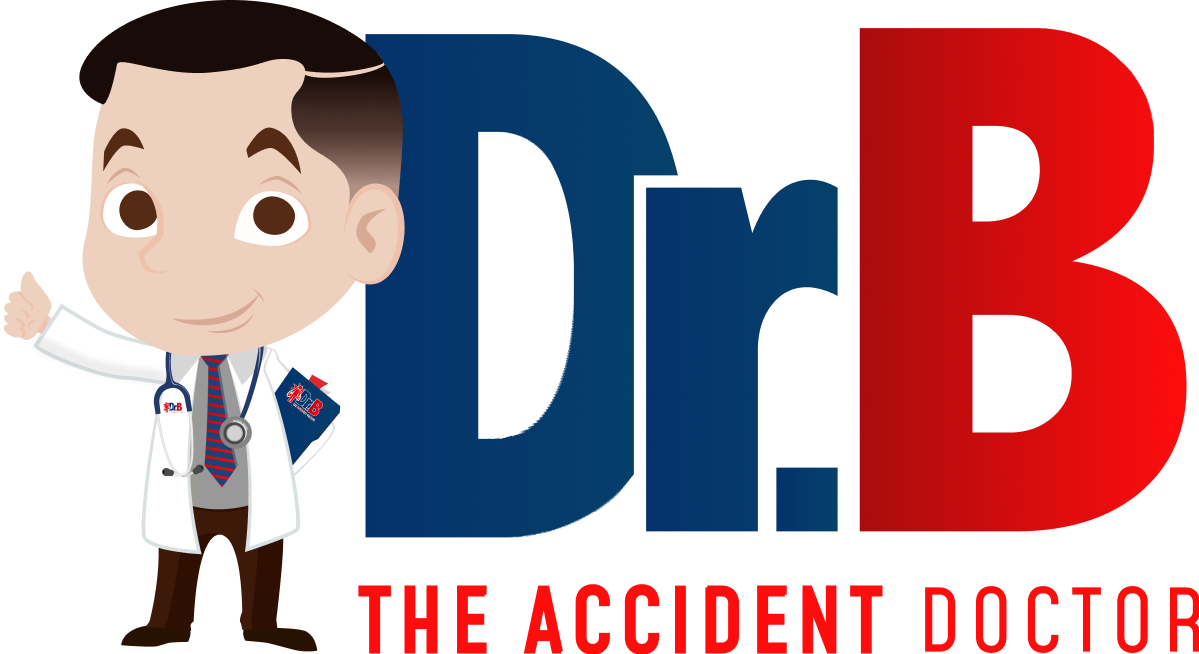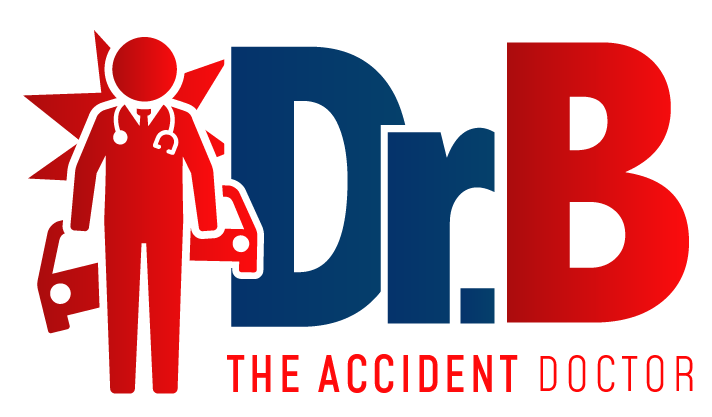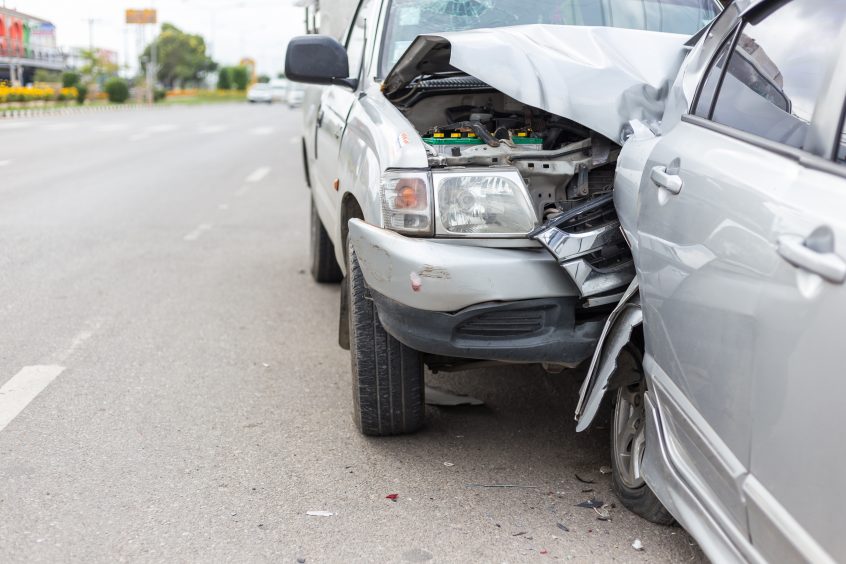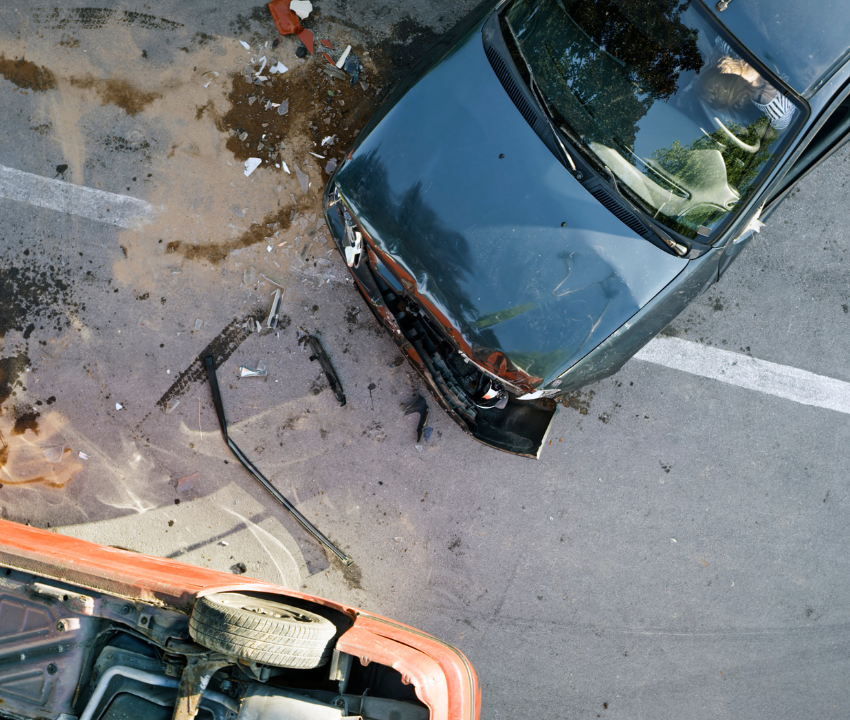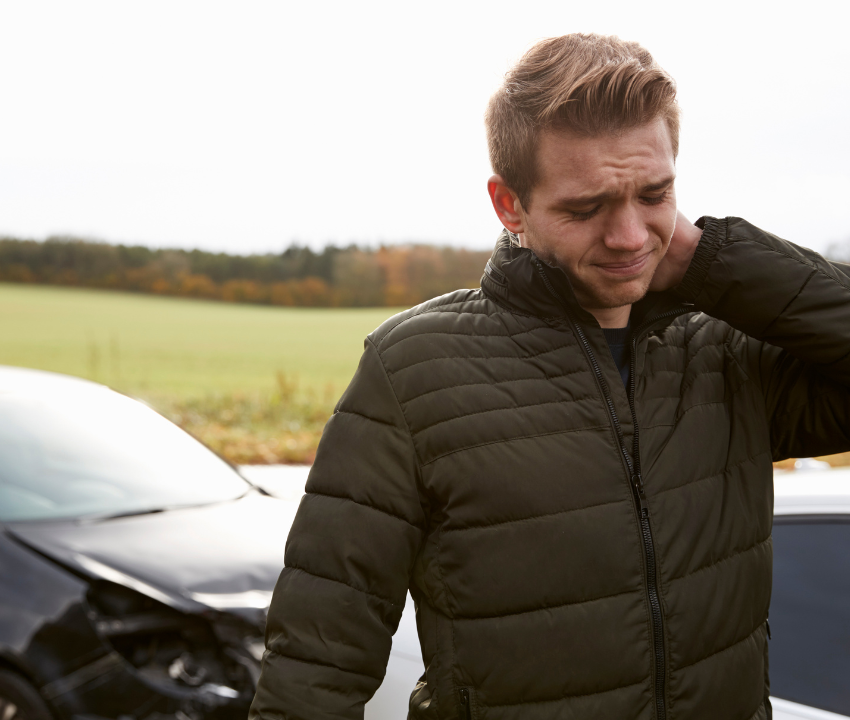All chemicals carry an intrinsic danger or harm derived from their own nature. But to the risk generated by them we must add the risks or damages derived from their manipulation. In this post, we talk about the occupational risks that exist from the handling of chemical products, the activities associated with them, as well as the advice that we must follow to avoid them.
Activities in which chemical products are handled
The most common operations carried out with chemical products are:
Liquid transfers.
Mixing or adding of a product.
Liquid transfer
The dangers derived from this activity are spills or spills of the products and poisoning by the vapors that can be released during the process.
Official Master in Prevention
Among the preventive measures that we must adopt during the transfer of chemical products in this case liquids we highlight:
Use of goggles or protective screens.
Use of suitable masks.
Use appropriate gloves resistant to chemical contacts.
Carry out the operation away from any flame, heat source, etc.
Use funnels or dispensers in order to avoid spillage.
Use properly labeled containers.
Discard the containers once they are empty.
Do not reuse empty containers with products other than the original.
Mixing or adding products
During this type of operation a chemical reaction can occur, which is associated with a series of dangers such as explosion, projection, fire, release of vapors.
Therefore, we must adopt a series of measures such as:
Have at hand and know the product safety data sheet.
Handle and mix according to the instructions that will have been previously set.
Take into account the incompatibility between different chemical substances.
Have the appropriate individual protection equipment for handling chemical products.
Relevant information on chemicals
When handling a chemical product we must know a series of adverse effects which must be identified on the product label:
Dangers derived from its physical – chemical properties: Flammability. Danger of explosion and oxidizing properties.
Effects or damages on health due to toxicological properties. Taking into account these health effects, chemical substances can be classified into:
Carcinogenic: substances or preparations that, by inhalation, ingestion or skin penetration, can cause cancer or increase its frequency.
Mutagens: substances or preparations that, by inhalation, ingestion or skin penetration, can produce hereditary genetic defects or increase their frequency.
Toxic for reproduction: substances or preparations that, by inhalation, ingestion or skin penetration, may produce negative non-hereditary effects on the offspring, increase their frequency or affect, in a negative way, the function or reproductive capacity of the male. or the female.
Effects on the environment: Effects on aquatic organisms, effects on fauna and effects on the ozone layer.
How to report the risk of chemicals
Chemical labeling
The two basic tools for communicating and reporting the risk of a chemical product are the label and the safety data sheet.
The label that all containers containing dangerous chemicals must carry is the first source of information for the user and allows him to identify the product and its risks.
The safety data sheet provides more complete information than the label.
According to current regulations, the person responsible for the commercialization of a dangerous substance, whether it is the manufacturer, the importer or the distributor, must provide the safety data sheet, free of charge and mandatory with the first delivery of the product.
What is the safety data sheet?
The safety data sheet consists of the following sections:
Composition / information on ingredients
Chemical name in addition to the commercial name.
If it is a mixture, the name of each component.
If it is a mixture, what percentage is there of each component.
If there are any identified impurities and in what quantity.
Risks
Information on the risks of each substance, its impurities or its decomposition products.
The short-term (acute) or long-term (chronic) effects of both single and repeated exposures.
Symptoms of acute poisoning and chronic poisoning.
Exposure limits
At what concentration or dose effects occur.
The specified limits (VLA, VLB or similar).
First aid
Emergency / First Aid Measures: In case of contact with eyes, skin, inhalation or ingestion.
Accidental spills / spills
How to act in case of spills of the substance.
What to do with the waste.
Control methods
The measures that the employer should take to control pollution in the workplace.
Personal protection
PPE should be used to protect:
The eyes.
The skin.
Inhalation.
Handling, storage, transportation
Equipment and methods that should be used to:
Correct handling.
Correct storage.
Correct transportation.
Fight fire
Information about:
Fire fighting methods.
Special precautions.
Physical and chemical properties
Smell, appearance, pH.
Stability and reactivity
Materials and conditions to avoid.
Toxicological informacion
Ways by which the poison can enter the body:
By inhalation.
By ingestion.
By the skin.
The symptoms and effects of this substance
Ecological information: effects and behaviors of the substance in the environment.
Tips for handling chemicals
Finally, I want to recommend a series of measures to take into account in case of emergencies during your workday and avoid work accidents:
- It is important to consider in the general emergency plan of the company with the information necessary to act in the event of an accident related to chemical products: spills, poisonings, fires, etc.
- It is advisable to have written procedures to take into account when handling these substances.
- The storage of these products must be carried out following the manufacturer’s instructions in premises or cabinets designated for this purpose.
- Conveniently signal these premises or cabinets
- Promotes the periodic practice of accident and emergency drills
- Have appropriate fire extinguishers to put out chemical fires
- Never forget that your health is the most important thing, so use the necessary personal protective equipment to handle chemical pro.
Have you had a chemical handling accident at work?
Contact us for a consultation today! 210-342-2777
*Information obtained from: blogs.imf-formacion.com
